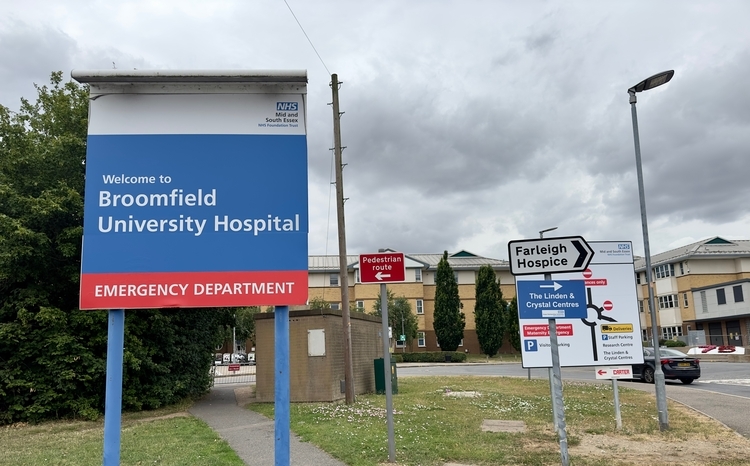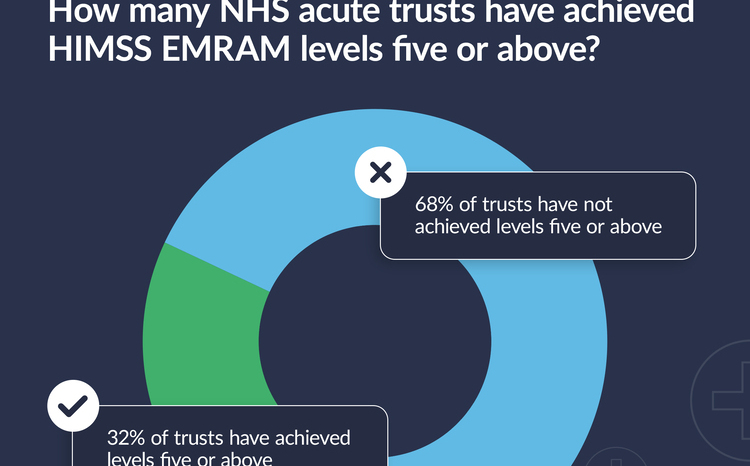BSUH aims for ‘paper-lite’ with Alert
- 12 November 2012

Brighton and Sussex University Hospitals NHS Trust is planning a three-year roll out of its electronic patient record system starting in A&E next September.
The trust signed a contract with Portugese firm, Alert Life Sciences Computing, for an EPR in May.
It plans to spend £34m over ten years on its EPR project which does not involve replacing its patient administration system.
EPR programme manager Judith Steen said the effective date of the contract was 1 July and the team has since been concentrating on agreeing a top level three-year plan.
“In three years’ time our aim is to have rolled out the EPR to every part of the trust and it interfaces with every major system and everybody is using it,” she explained.
“There’s a lot of business change that goes with the technology so we are very much focused on this being a change programme not an IT programme.”
The roll-out will start in A&E next September. The trust has three A&E sites and the first implementation will be at the eye hospital because it is the smallest and most distinct.
Order communications for radiology and pathology tests will then be deployed across the trust.
BSUH IT director Ian Arbuthnot said the implementation of order communications is when the EPR project will “really start touching” the majority of the trust’s 6,500 staff.
“This will bring a huge amount of benefit up front as it gives the trust the opportunity of improving its clinical offering,” he said.
“It allows everyone to touch and use the EPR so you can start to add on other functions much more easily because staff are already used to it and in the mind-set.”
Year two will see the deployment of e-prescribing, theatres and clinical documentation.
Steen said paper notes will no longer be available once clinical documentation is live and by connecting with other systems within the EPR, the whole of the patient record will become electronic.
“They (staff) won’t have any paper notes available on the wards. In advance of the project is huge in terms of understanding what kind of documentation we have within the trust,” she explained.
“This means different things to different departments so we’re doing an analysis to see how everyone uses the manual notes.”
Observations at the bedside will be entered electronically on a variety of devices including tablets and lap tops. Arbuthnot said the team realises that “one size doesn’t fit all” so they are trialing different options with staff.
“A&E is our first chance to engage with the clinicians and with their input we can start to put together a portfolio of hardware that we can be confident meets their specific needs.”
The aim is to go “paper-lite” as some documents will remain on paper for now – such as consent forms – and the project does not involve scanning in historical notes.
Plans for year three involve more complicated deployments around decision support and care pathways.
This is also when the EPR project starts to connect with the outside world including GPs and other trusts in what they call the ‘health information exchange’ project.
Arbuthnot acknowledged that it is difficult to change people’s behaviours, but he feels confident of success because of the high level of clinical engagement and enthusiasm for the project.
“People have been without such a system for such a long time and they know what’s possible and suddenly we’ve given them something that they have helped specify and procure and they couldn’t be more enthusiastic,” he said.
“One of the big reasons we choose Alert was the intuitiveness of the product and ease by which clinicians feel they can add information and get information from it, so with the usability piece we feel we are in a good place to make that transition as smooth as practically possible.”




